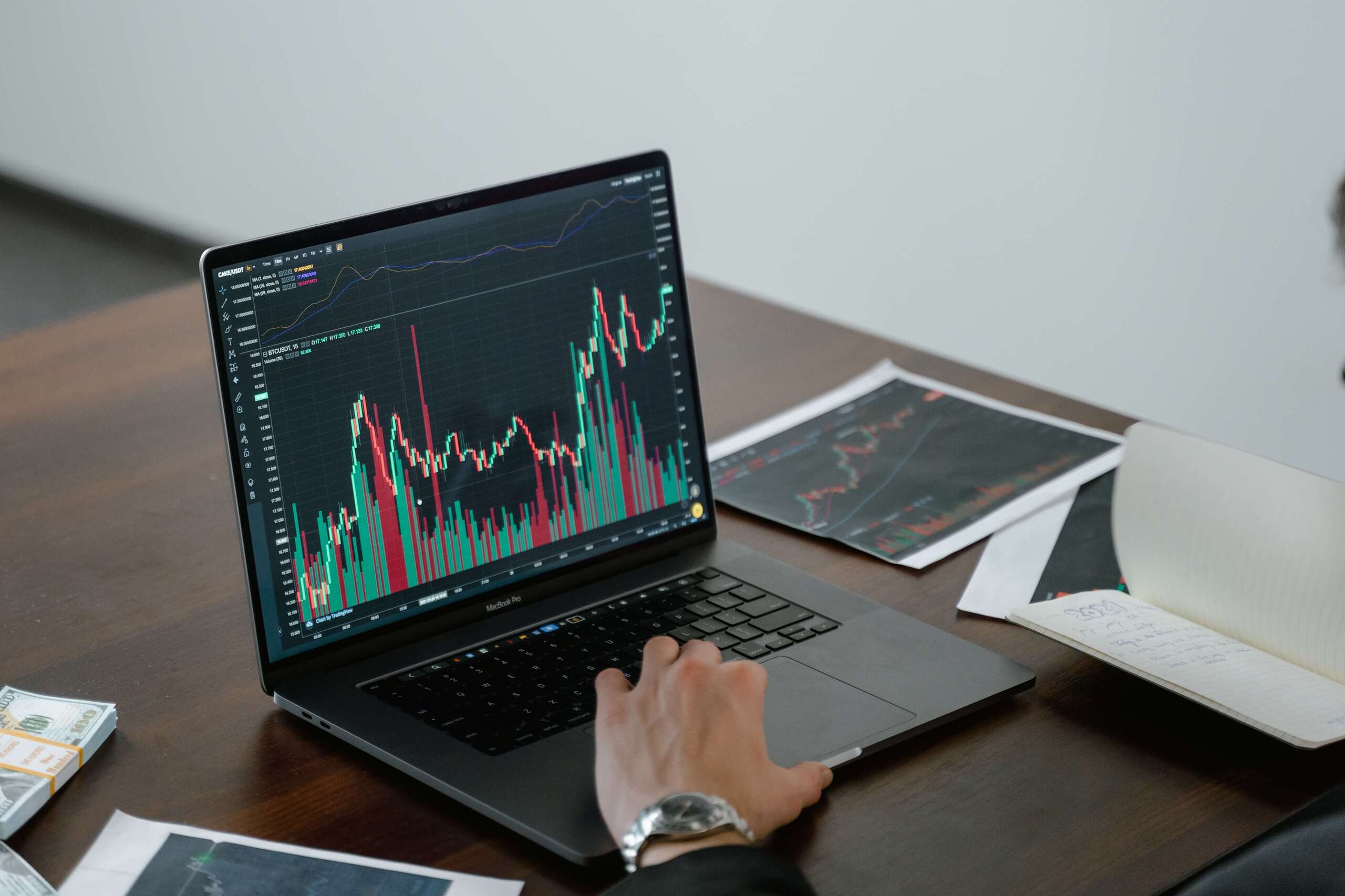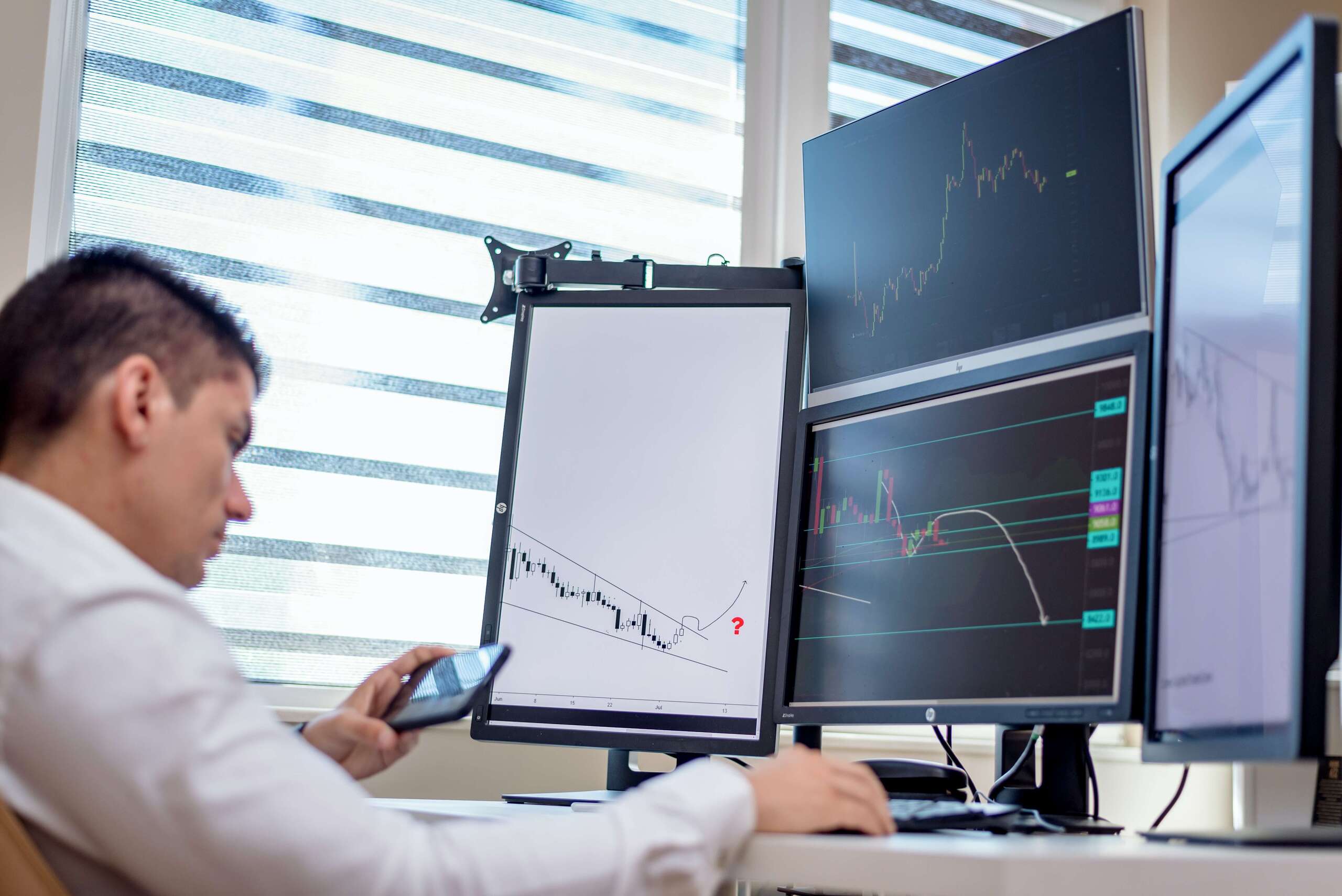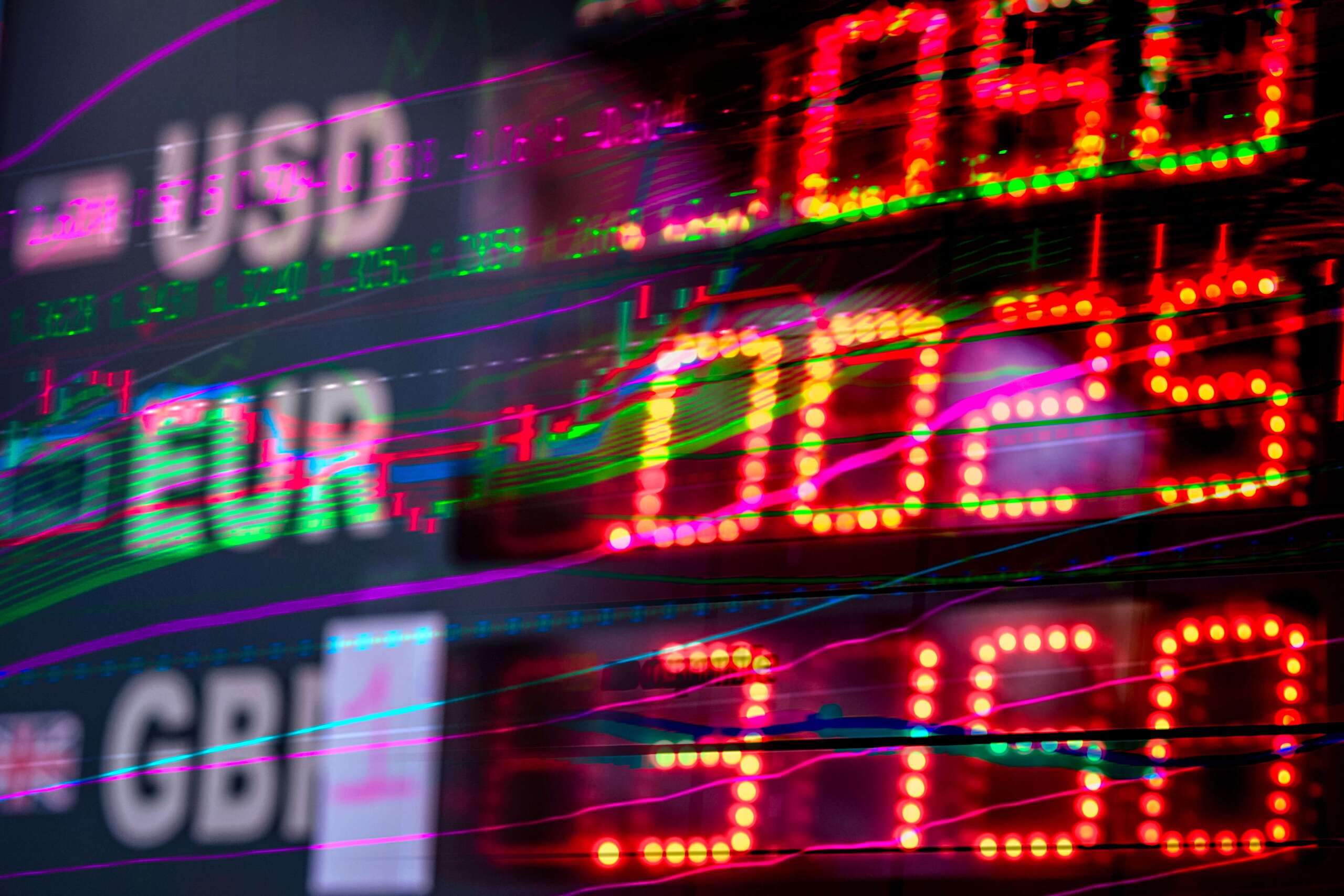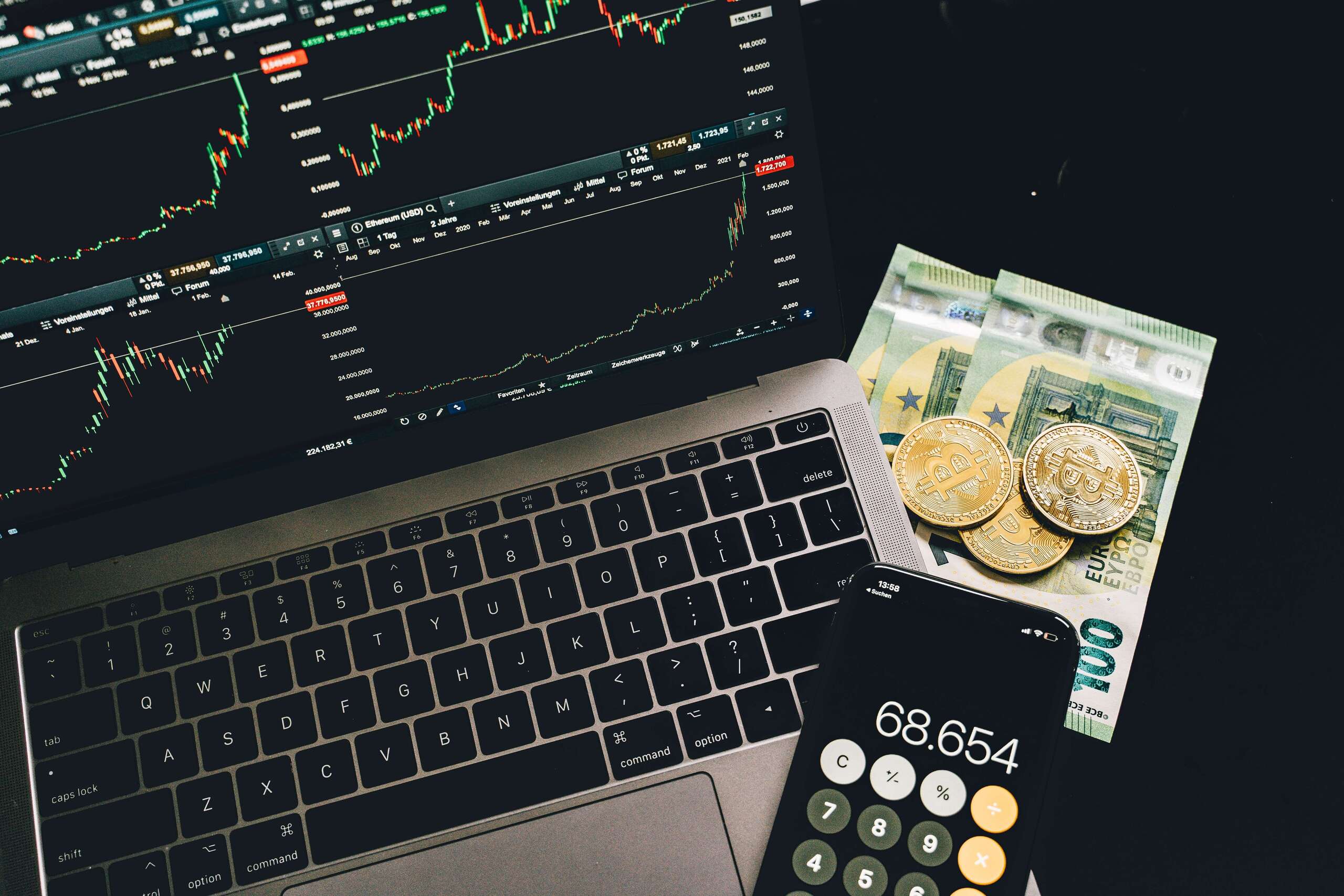Forex trading is a form of online trading that involves buying and selling currencies in pairs. Forex traders can profit from the fluctuations in exchange rates between different currencies. However, forex trading involves high risk and complexity, especially when choosing the correct lot size for your trades.
A lot size in Forex is a unit of measurement that represents the number of currency units you trade on each transaction. The lot size determines your risk exposure, leverage, margin requirements, and potential profits or losses. Therefore, choosing the correct lot size for your trading account and strategy.
But how many lots can you trade with $100 in Forex? This article will explain Forex’s different types of lot sizes, how to calculate them, and how to choose the best one for your $100 Forex account.
What are the types of lot sizes in Forex?
There are four main types of lot sizes in Forex:
- Standard lot: A standard lot is 100,000 units of the base currency (the first currency in a pair). For example, if you trade EUR/USD, a standard lot is 100,000 euros. A standard lot is usually the largest in Forex, requiring significant capital and margin to trade.
- Mini lot: A mini lot is 10,000 units of the base currency. For example, if you trade EUR/USD, a mini lot is 10,000 euros. A mini lot is smaller than a standard lot and requires less capital and margin to trade.
- Micro lot: A micro lot is 1,000 units of the base currency. For example, if you trade EUR/USD, a micro lot is 1,000 euros. A micro lot is smaller than a mini lot and requires even less capital and margin to trade.
- Nano lot: A nano lot is 100 units of the base currency. For example, if you trade EUR/USD, a nano lot is 100 euros. A nano lot is the smallest in Forex, requiring minor capital and margin to trade.

How to calculate your lot size?
To calculate your lot size in Forex, you need to know three things:
- Your account balance is the amount of money you have in your trading account.
- Your risk per trade: This is the percentage of your account balance you are willing to risk on each trade. For example, if you have a $100 account and you want to risk 2% per trade, your risk per trade is $2 ($100 x 0.02).
- Your stop loss distance is the number of pips you set as your maximum allowable loss on each trade. For example, if you enter a buy order at 1.2000 and place a stop loss at 1.1980, your stop loss distance is 20 pips (1.2000 – 1.1980).
Once you have these three numbers, you can use this formula to calculate your lot size:
Lot size = Risk per trade / (Stop loss distance x Pip value)
The pip value is the amount of money one pip represents for a given lot size and currency pair. The pip value varies depending on the lot size and the exchange rate. Online calculators or tables can determine the pip value for different lot sizes and currency pairs.
For example, you have a $100 account and want to trade EUR/USD with a 2% risk per trade and a 20-pip stop loss distance. The pip value for a micro lot (0.01) of EUR/USD is $0.10 (assuming an exchange rate of 1.2000). Using the formula above, you can calculate your lot size as follows:
Lot size = $2 / (20 x $0.10) = 0.01
You can trade one micro lot (0.01) of EUR/USD with a $100 account and a 2% risk per trade.

How to choose the best lot size for $100 forex?
Choosing the best lot size for $100 forex depends on several factors, such as:
- Your trading style: Different trading styles have different risk profiles and time horizons. For example, scalpers use smaller lot sizes and tighter stop losses, while swing traders use larger and broader ones.
- Your trading strategy: Different trading strategies have different win rates and risk-reward ratios. For example, a trend-following strategy may have a lower win rate but a higher risk-reward ratio. A mean-reversion strategy may have a higher win rate but a lower risk-reward ratio.
- Your trading goals: Different trading goals have different expectations and requirements. For example, if you want to grow your account quickly, you may use larger lot sizes and higher leverage, while if you want to preserve your capital, you may use smaller and lower leverage.
As a general rule of thumb, you should choose a lot size that allows you to trade comfortably and confidently without risking too much or too little of your account. You should also choose a lot size that matches your trading style, strategy, and goals.
The most suitable lot size for a $100 forex account is usually a micro lot (0.01) or a nano lot (0.001), as they allow you to trade with low risk and high flexibility. However, it would be best if you also considered the following tips when choosing your lot size:
- Use a risk management calculator: A calculator can help you determine the optimal lot size for your account balance, risk per trade, and stop loss distance. You can find many free online calculators or use the one provided by your broker.
- Use a demo account: A demo account can help you practice your trading skills and test your trading strategy with different lot sizes without risking any real money. You can open a free demo account with most brokers and use it as long as you want.
- Start small and scale up: An excellent way to choose your lot size is to start with the smallest possible size and gradually increase it as you gain experience and confidence. This way, you can learn from your mistakes and improve your performance without blowing up your account.
The conclusion
The lot size is an essential factor in forex trading that can affect your risk exposure, leverage, margin requirements, and potential profits or losses. Choosing the correct lot size for your $100 Forex account can help you trade more effectively and safely.
The best lot size for $100 forex depends on your trading style, strategy, and goals, but generally speaking, a micro lot (0.01) or a nano lot (0.001) is suitable for most traders. However, you should also use a risk management calculator, a demo account, and a scaling-up approach to find the optimal lot size for your situation.








